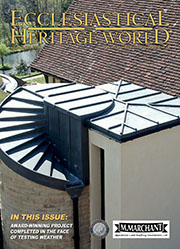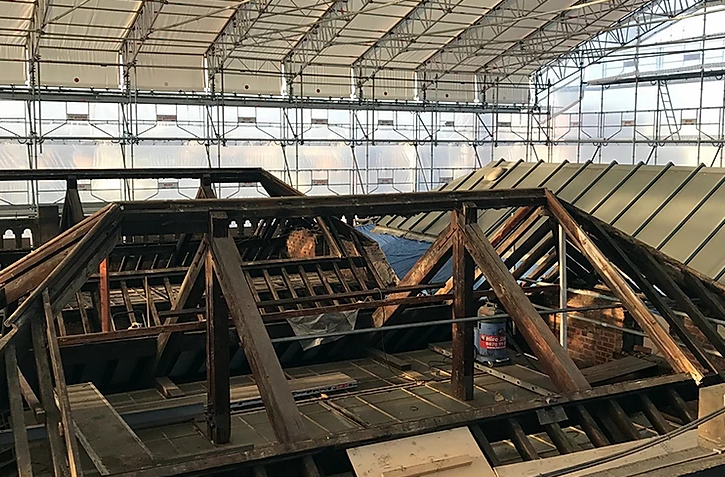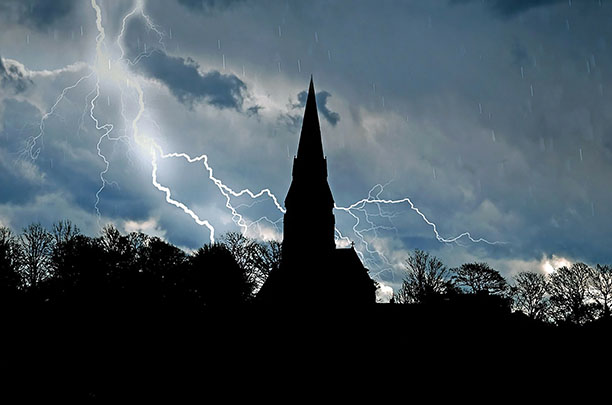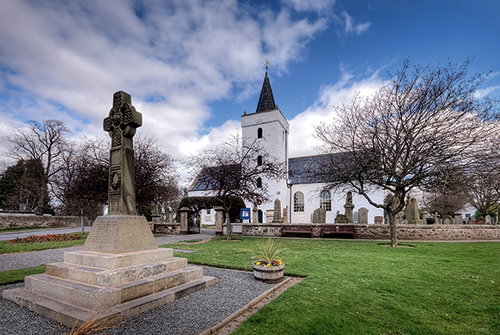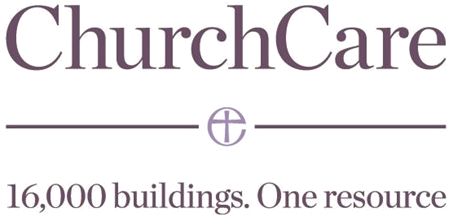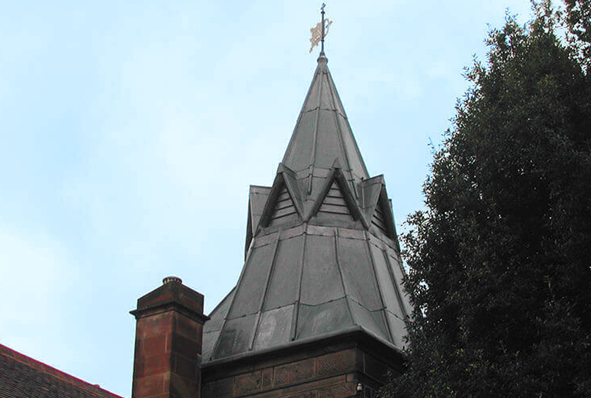Heritage Roofing
Heritage roofing - maintaining our iconic buildings
The UK is home to some of the most iconic buildings in the world, from stunning churches and cathedrals to historic stately homes. Each and every one of these remarkable feats of architecture requires regular maintenance to ensure they remain in the very best condition, allowing them to be enjoyed for generations.
Lightning Protection
When lightning strikes are you protected against this act of God?
The issue of lightning protection in churches is one that has exercised this publication for many years. In this four-part series of spotlights on the issue we will be revisiting various aspects of the subject, beginning with an overview of current thinking.
Traditional Lime
Lime: it’s better for buildings – and for the environment
It is now fairly well known that cement is not good for old buildings and that lime mortar should be used. But why? What are the advantages and what are the disadvantages? In order to begin to answer those questions it is necessary to understand the nature of traditional building, the process by which buildings used to be built, and how it differs from modern construction, the process by which we build today.
Audio Visual
Audio visual equipment in church buildings
This guidance is issued by the Church Buildings Council under section 55(1)(d) of the Dioceses, Mission and Pastoral Measure 2007. As it is statutory guidance, it must be considered with great care. The standards of good practice set out in the guidance should not be departed from unless the departure is justified by reasons that are spelled out clearly, logically and convincingly.
Read More...
CRE Events
All change at CRE: the UK’s ‘ideal church show’
The Christian Resources Exhibition (CRE), the UK’s largest church-related show, has changed hands in its 40th year and has been taken over by Quartz Business Media.
Insurance
You need to ensure that reasonable precautions are in place at your church to keep it safe for those who use it. To do this, you need to think about what might cause harm to people.
You will then need to decide if the precautions already in place are adequate. If they are not, you may need to identify further action to prevent any danger. When done formally, this is known as a risk assessment.
LPOW Grants
£23 million government package to support restoration of thousands of listed places of worship
Heritage Minister Sir Chris Bryant has announced that the Listed Places of Worship Grant Scheme will be extended into the next financial year, providing £23 million so that thousands of historical buildings, including churches, synagogues, mosques and temples, can carry out restoration work.
Lead Roofing
Lead is one of the oldest materials in the roofing industry and is still commonly used throughout the world today.
Lead roofing is a traditional roofing method which has been used in the industry for hundreds of years, and is therefore proven to be extremely reliable. Lead roofing, and sand-cast lead, in particular is ideal for old buildings such as churches or historical renovations, whereas milled lead roofing is a mass-produced alternative, used for precision and accuracy in homes and commercial buildings alike.
Home
EXPERTS GATHER FOR HISTORIC SCOTLAND VERNACULAR BUILDINGS CONFERENCE
Experts from across Scotland gathered at New Lanark this week for Historic Scotland’s vernacular buildings conference. The event looked at the important role of Scotland’s rich vernacular heritage in telling the story of Scotland’s past, its people, and their communities.
These buildings, in contrast to architecturally designed ‘grand’ buildings, tend to develop over time, using local resources which reflect the environmental, cultural and historical context in which they exist. Key examples include black houses, mining communities and mills.
The conference looked at specific case studies ranging from the industrial legacy of some of these buildings - such as the coal industry, to what can be described as one of the finest examples of vernacular buildings in the world - St. Kilda.
The conference was welcomed by Fiona Hyslop, Minister for Culture and External Affairs;
“Scotland’s vernacular heritage is hugely important.
“It is a physical embodiment of a community’s past, how it developed and how it contributes to the overall story of Scotland.
“These buildings also have the potential to contribute to our continuing story. I’m sure that this conference will provide a valuable opportunity to discuss new ways to appreciate and learn from this hugely important resource.”
The continued value of these buildings today was a key focus for the conference. Research is currently being conducted which looks at the construction of these buildings and the lessons that could be applied in areas such as insulation, for example.
Chris McGregor, Depute Director for Historic Scotland’s Conservation Group said;
“There is a lot of interesting work going on at the moment looking at the potential of these buildings to learn more about what we perceive as modern issues such as environmental impact and sustainability.
“Blackhouses for example were extremely well insulated from wind and weather, and were very good at retaining heat.
“There is also a clear sustainability message here, as traditionally communities would source the materials required to build their homes in very close proximity to where they lived.
“Whilst not all vernacular buildings developed in this way, those that did are excellent case studies in responding to the needs of their environment and could help the wider sector as we increasingly need to look at ways to reduce our carbon footprint.”
The role of vernacular buildings in providing a vital lifeline for the preservation of some traditional skills was also acknowledged as hugely important.
Chris continued;
“The other lasting legacy of our vernacular building heritage is its role in helping to protect traditional skills. This is hugely important, as a means of passing skills from one generation to the next, but also equipping ourselves with the tools to ensure that these buildings are protected for the enjoyment of future generations to ensure their ongoing survival as part of Scotland’s story.”







